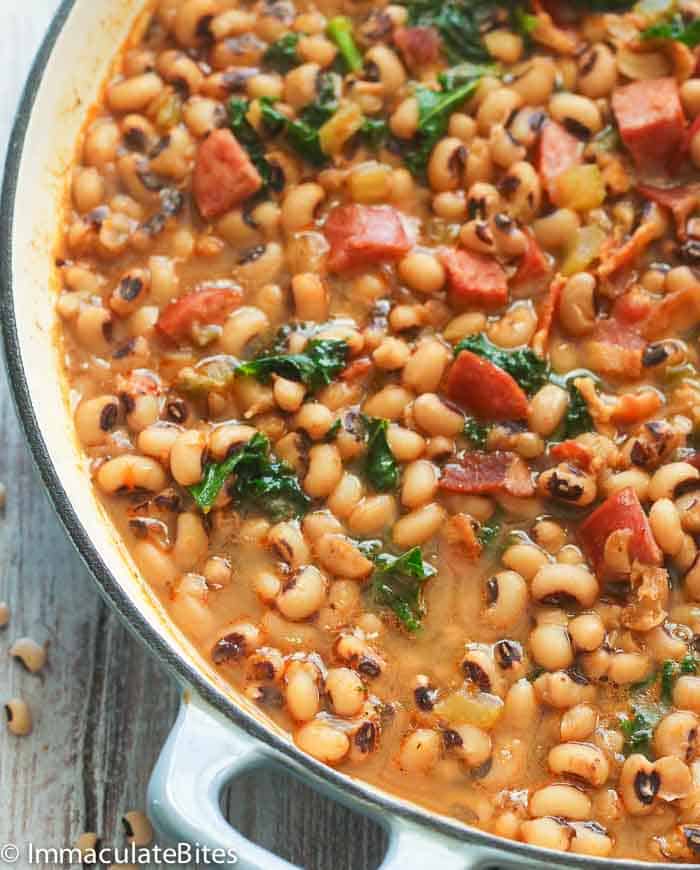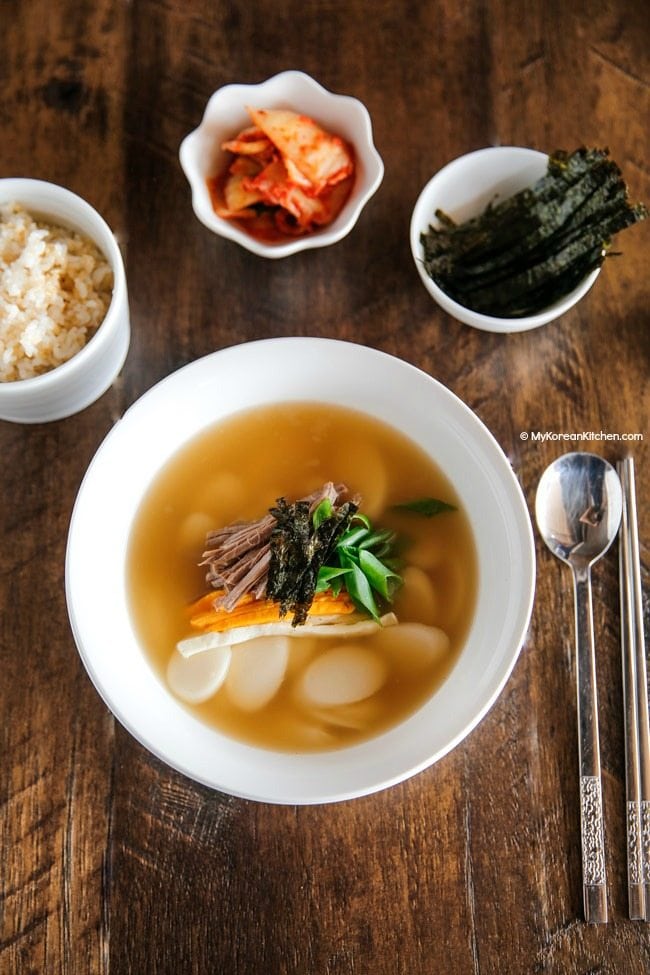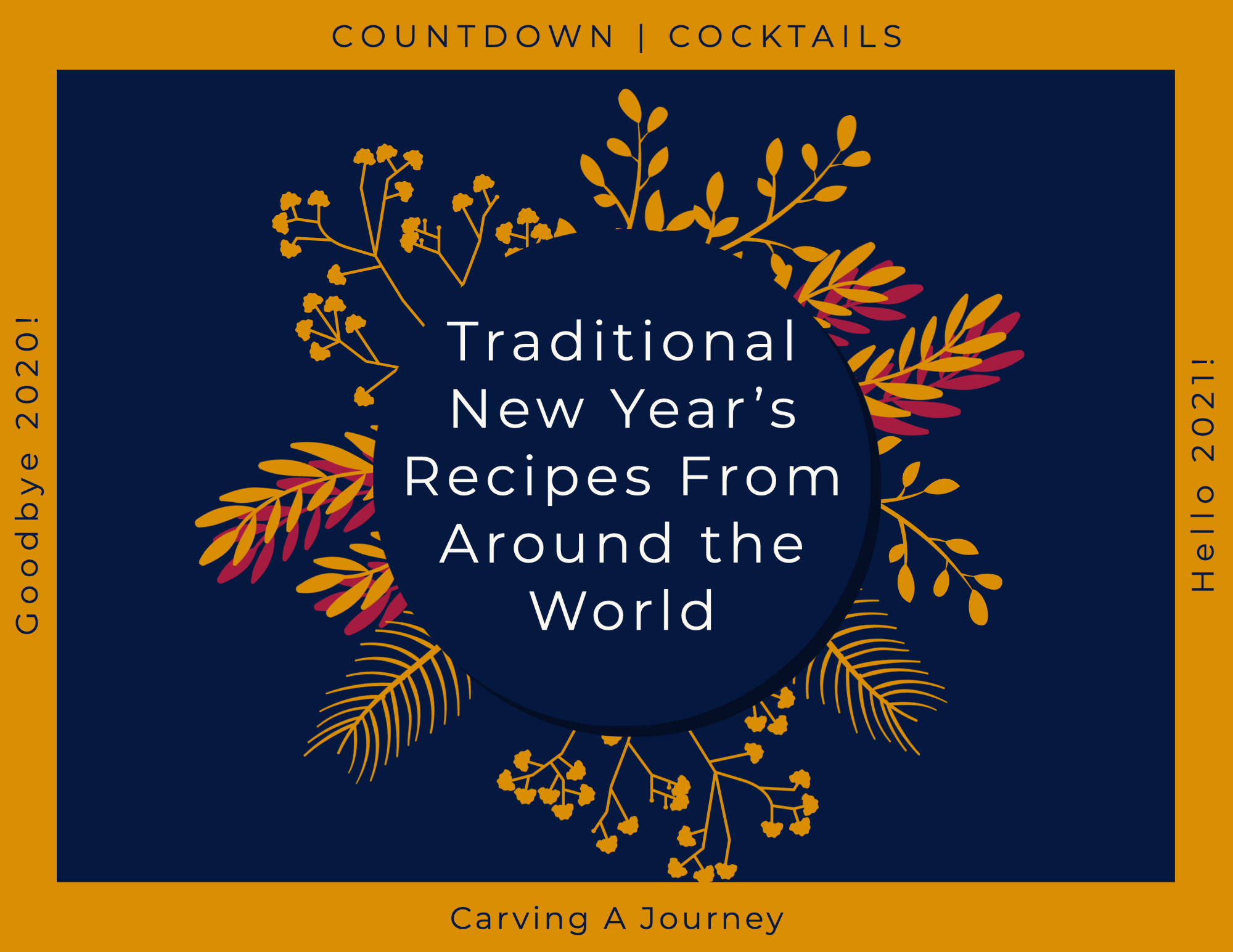New Year’s is around the corner. Before long, we will say adieu to 2020 and hello to 2021. Thank goodness, right?! Throughout this year, the world seemed almost unrecognizable as crazier and crazier events took place. As we celebrate this year’s ending, I know families will reach for tradition to bring familiarity to such an unfamiliar year. In celebration of family and cultural customs, I wanted to discuss New Year’s recipes from different cultures around the globe.
So, let us learn about a few traditional New Year’s recipes around the globe!
5 New Year’s Recipes from Around the World:
Below, we listed 5 different foods eaten around the world on New Year’s Eve and day!
1. Southern USA: Black-Eyed Peas
In the American deep south, the most popular New Year’s tradition is consuming a mess of black-eyed peas. Black-eyed peas are considered a food that will bring luck–the more you eat, the luckier your life will be. The tradition stems from the idea that black-eyed peas represent pennies in the south. Slowly, over time, pennies add up, meaning you gain wealth. So, count your pennies and eat your beans!
If you want to go all-in with the tradition, add a silver coin to the pot as you cook. Once you serve the meal, whoever gets the silver in their bowl will have the luckiest and most prosperous year.
Try making Imma’s recipe from her blog Immaculate Bites! She has a true southern recipe that anyone and everyone can enjoy!

Southern Black-Eyed Peas
2. South Korea: Tteokguk
Like in the American South, the South Korean New Year’s traditional food links back to the idea of coins and prosperity. Across South Korea, families consume tteokguk (rice cake soup) as their first New Year’s meal. The soup brings luck in the New Year in two ways. Firstly, the rice cake shape resembles the old coin currency, yeopjeon. The shape symbolizes prosperity in the New Year. Secondly, the rice cake’s white color symbolizes purity and cleanliness, meaning you will have a fresh start to your year.
For this recipe, try making Sue’s tteokguk from her blog My Korean Kitchen.

A Bowl of Tteokguk!
3. Japan: Soba
In Japan, families consume buckwheat soba noodles together at the stroke of midnight to bid farewell to the year and greet the new year. The long noodles symbolize prosperity and longevity of life.
These noodles are known as Toshikoshi Soba (年越し蕎麦), aka the year-crossing noodles. These warm and filling noodles let you prepare for the journey ahead of you!
Try Nami’s recipe from her blog Just One Cookbook. Her blog focuses on traditional and modern Japanese food!

Soba in a Bowl
4. The Netherlands: Oliebollen
Oliebollen, otherwise known as fried doughnut (or donut) balls in English, are sold on the streets via carts and vendors as celebrations unfold on New Year’s Eve. One makes the doughnuts, containing spiked currents and raisins, by deep-frying a ball of dough and then sprinkling it with powdered sugar.
The Dutch often consume these celebratory balls with beignets and champagne!
Check out the recipe for this sweet treat on The Spruce Eats.
:max_bytes(150000):strip_icc():format(webp)/old-fashioned-oliebollen-1128444-hero-2-afadfcb0b26a43368d3a469f9771ca1d.jpg)
A Plate of Oliebollen with Coffee.
5. Spain: Grapes
With each stroke of the New Year, the Spanish eat a single grape. The tradition of eating twelve grapes originally started when the crops experienced a bad year. Wanting to sell their grapes, the growers and producers in southern Spain thought up the idea of eating them as a New Year’s tradition. Soon, the popularity of this newly found tradition spread throughout the country and other Spanish speaking nations!
Do You Have a Traditional New Year’s Recipe?
Growing up, did you have any traditional New Year’s recipes? Where are you from in the world? We love hearing from you, so write to us in the comment section or send us an email at [email protected]. If you would like to read further New Year’s content, try checking out our poem to bring in the New Year!
Further, you can follow us at @carvingajourney on Instagram, Twitter, Facebook, and Pinterest. Also, you can subscribe to our blog by joining our mailing list. We hope you enjoyed this list of traditional New Year’s recipes and foods!
Carving A Journey is a participant in the Amazon Services LLC Associates Program, an affiliate advertising program designed to provide a means for sites to earn advertising fees by advertising and linking to Amazon.com. Although we may earn commissions for our endorsement, recommendation, testimonial, and/or link to any products or services from this website, these opinions are my own and I fully support these products.

